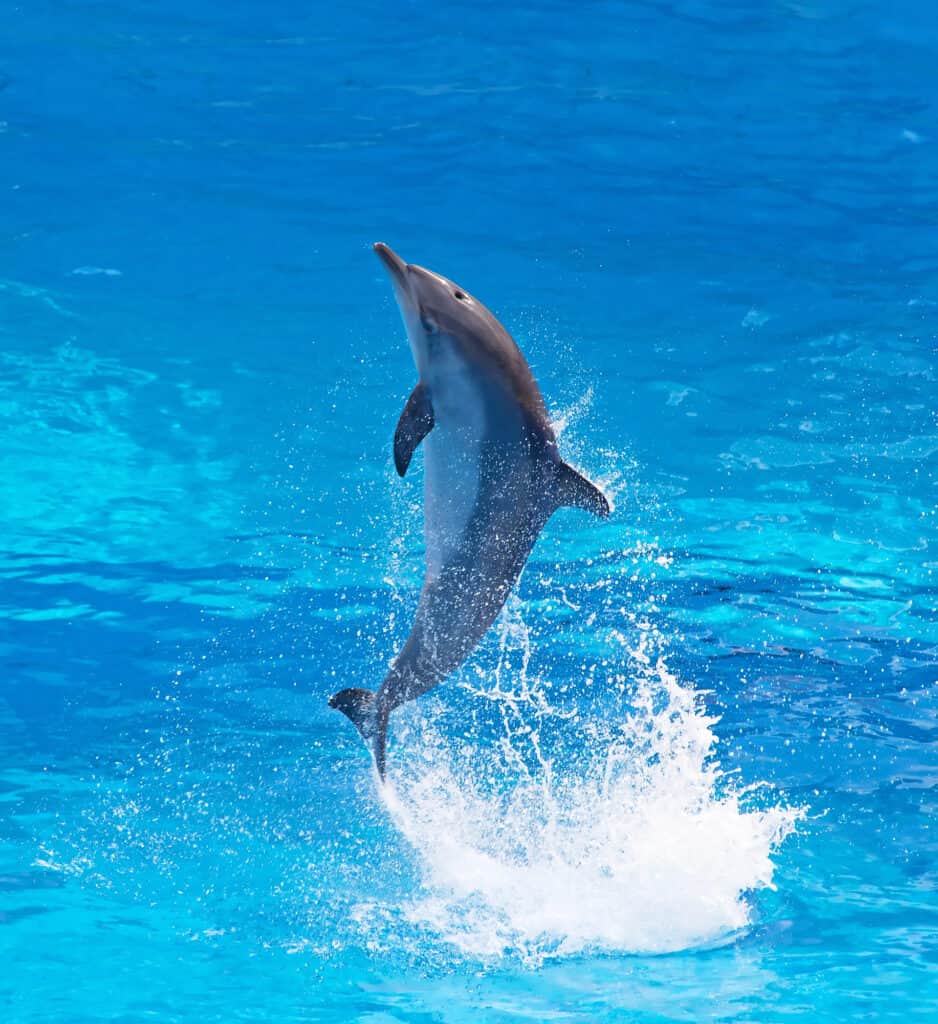Although many militaries around the world do not do this, some countries make use of marine mammals to protect their navy assets. These marine mammals are highly intelligent and easily trained, and like most military tactics, are part of a mostly classified project. But let’s look at what we know and learn more about marine mammals in the military.
History

The use of marine mammals in military operations dates back to the 1960s when the U.S. Navy began exploring their potential for underwater tasks. Initial experiments focused on dolphins and sea lions, leveraging their natural abilities to navigate and detect objects underwater. Over the decades, these programs have evolved, incorporating advanced training techniques and expanding the scope of their missions.
What Marine Mammals Are Used?
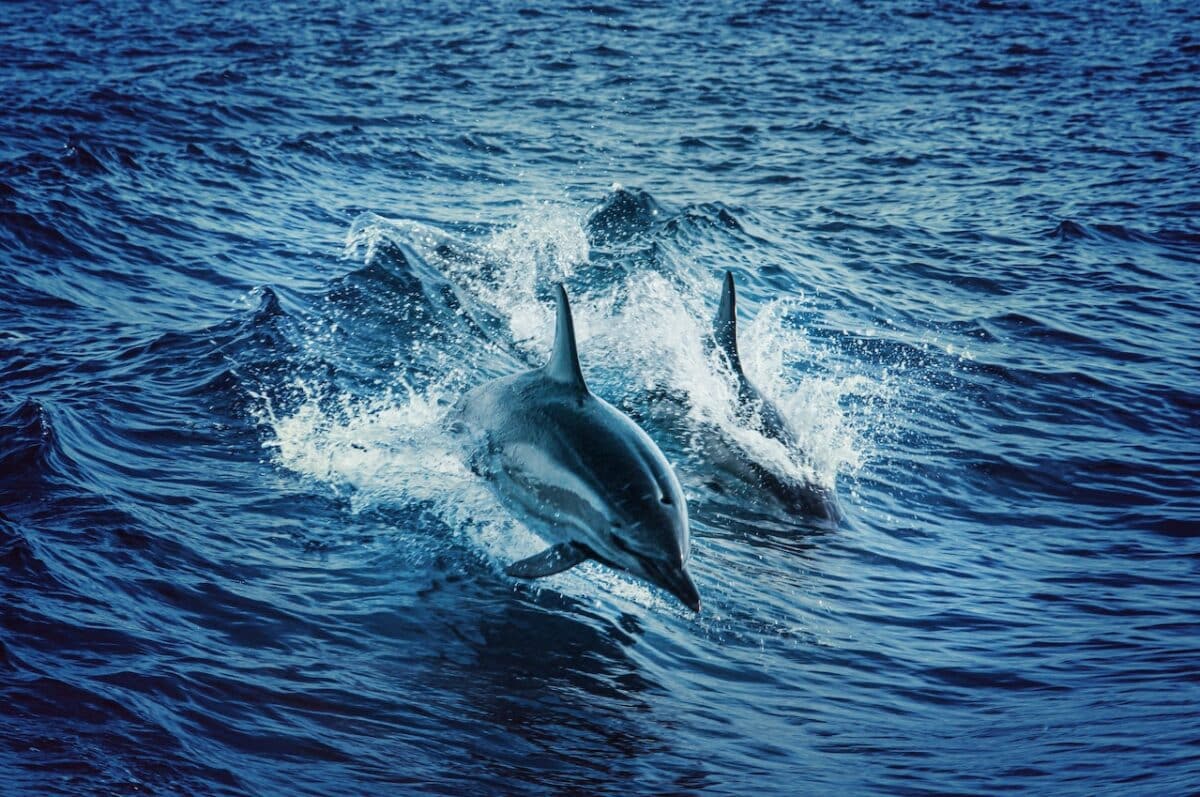
These marine mammals are used for their fast swimming abilities, the depths they can reach, and their natural sonar abilities. Some examples of marine mammals used in militaries are Bottlenose Dolphins, Beluga Whales, Sea Lions, and Seals.
Marine Mammals vs Combat Swimmer

A human combat swimmer’s average swimming speed is 2 knots, and the maximum depth is 49 feet. Where bottlenose dolphins can swim at 16 knots up to 1770 feet deep. The beluga whale can swim 5 knots and 2130 feet deep, whereas the sea lion can swim 22 knots at 900 feet. And seals can swim 20 knots and 1500 feet deep.
Why Are They Used?
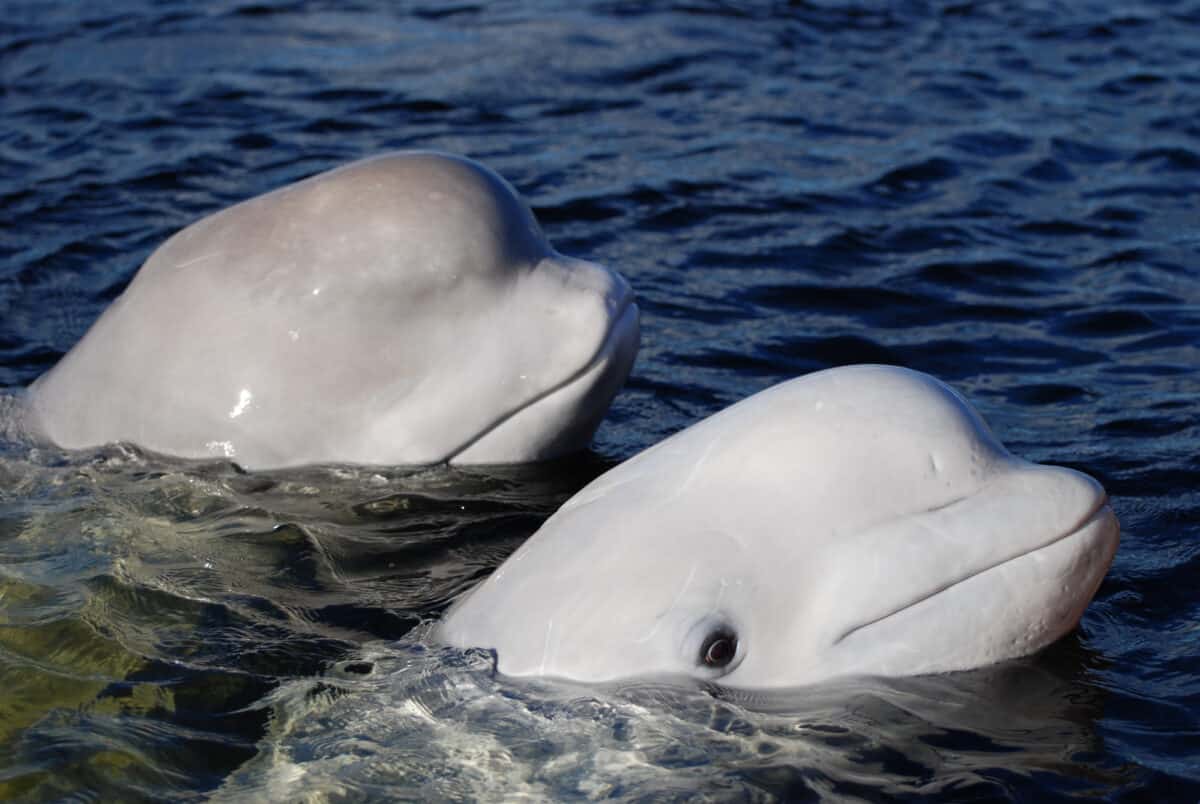
As we see above, these marine mammals swim much faster and deeper than a human can, even trained combat swimmers! Beluga whales, although not the fastest of these animals, can reach depths others can’t. Whereas the Sea Lion, who can’t swim as deep as the others, can swim incredibly fast.
What Do They Do?
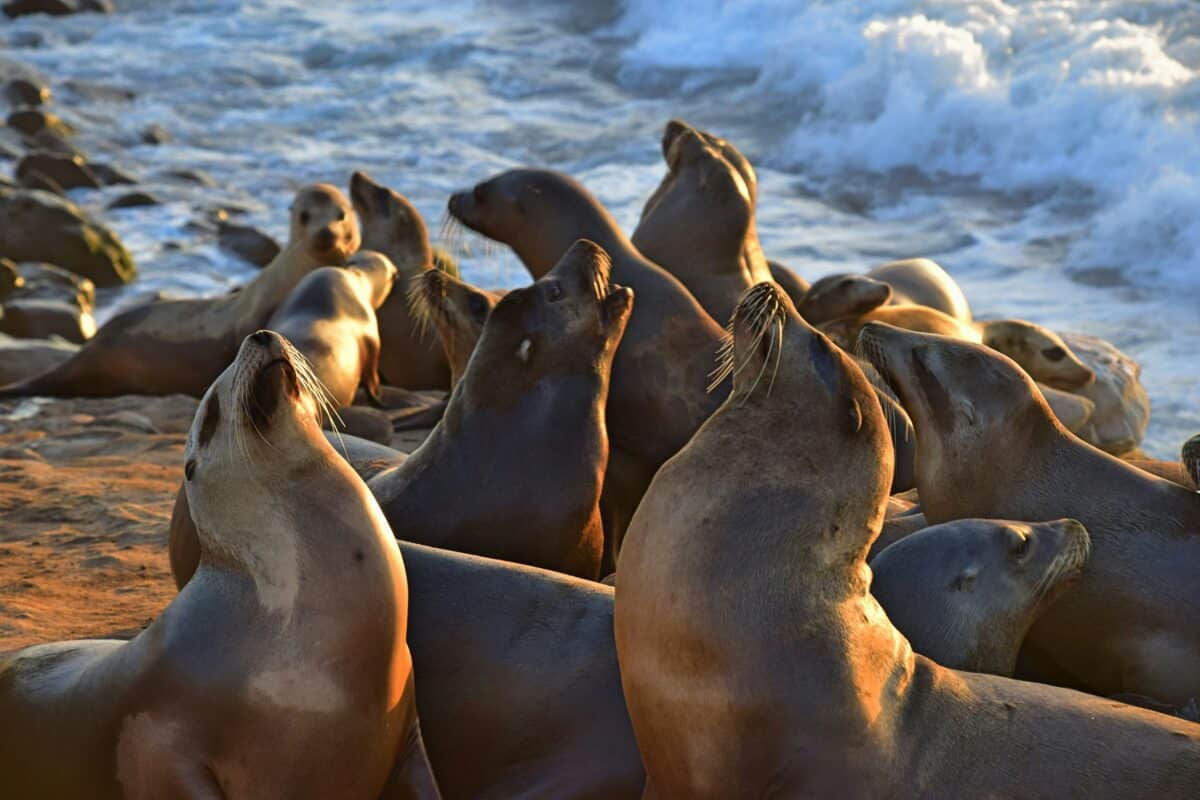
Their high intelligence makes them easy to train, which is another reason they are chosen to help the military. In the field, they patrol and guard naval assets such as ships and submarines. If they trace and track an enemy swimmer looking to cause harm to their assets, they warn the armed guard so that they can respond to the threat.
Search and Rescue
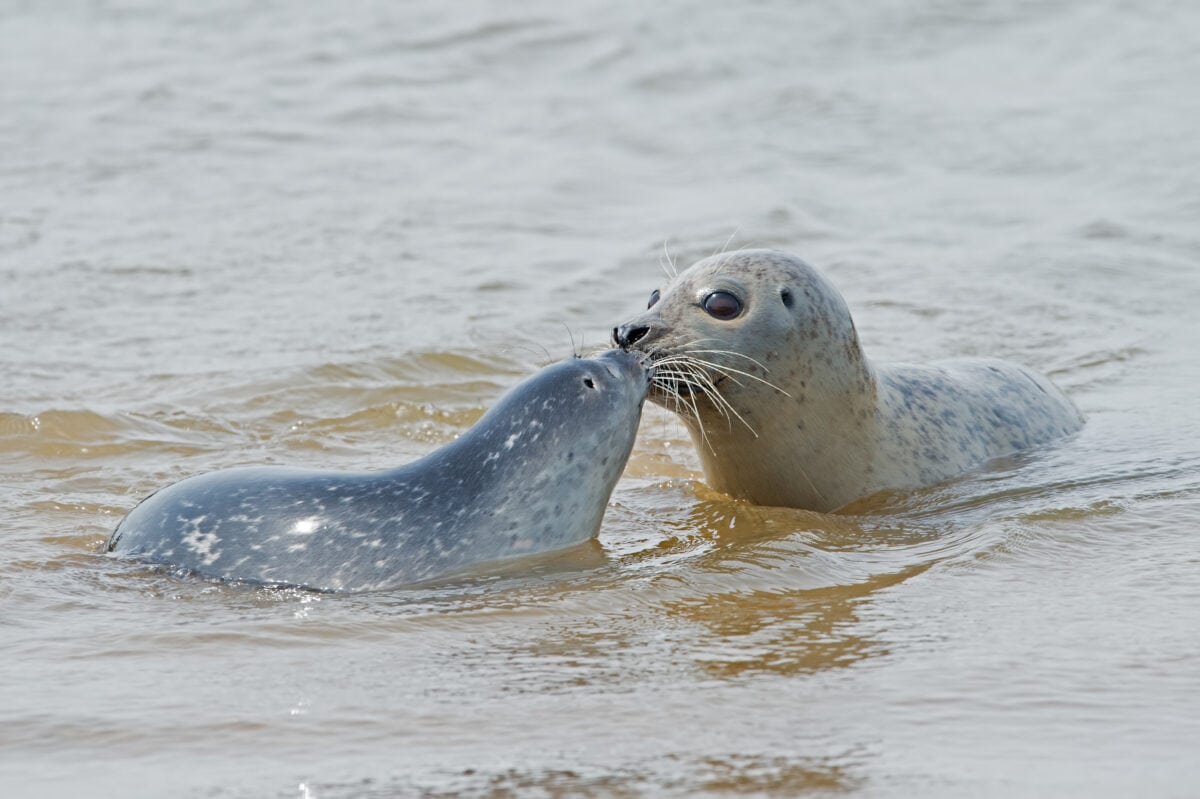
These incredible animals are also trained to help in search and rescue missions and have helped save many. Dolphins can even track underwater mines and have been trained to place a buoy line where they spot one for divers to investigate.
The Role of Dolphins in Naval Missions
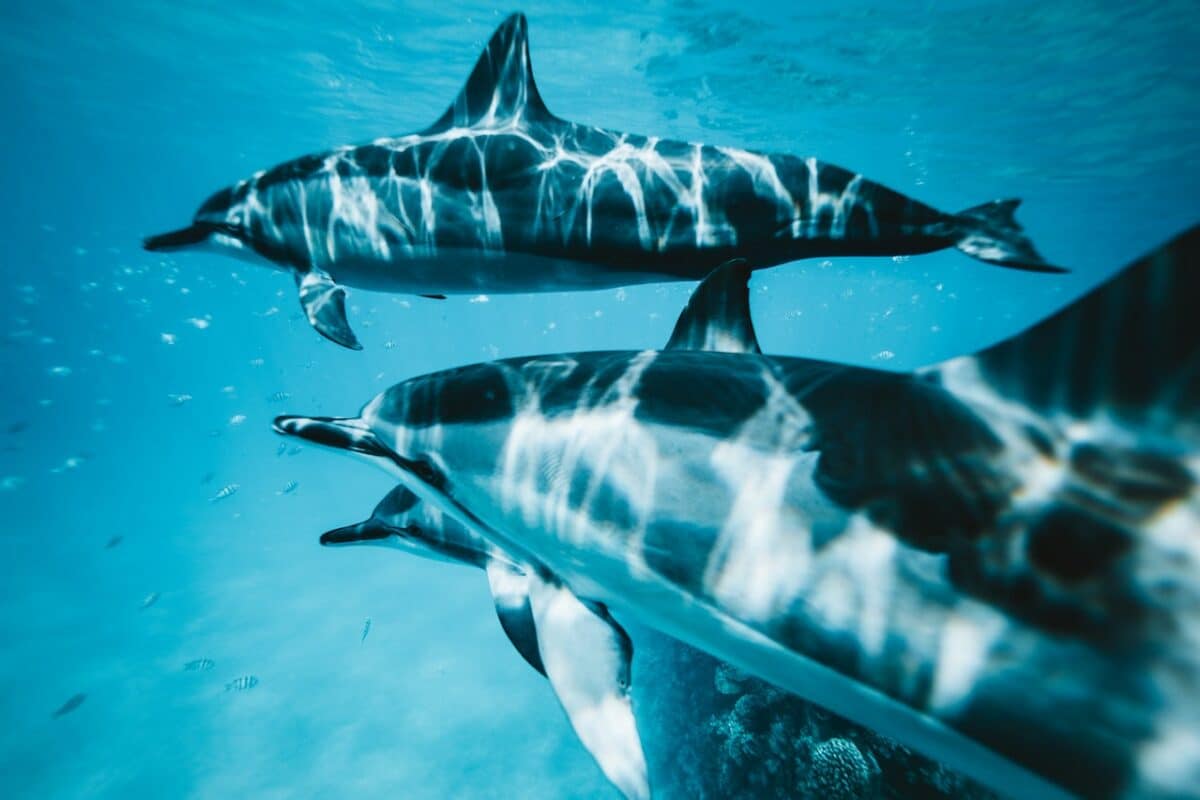
Dolphins are renowned for their echolocation capabilities, which make them exceptionally adept at detecting underwater mines. Their speed and agility allow them to efficiently patrol harbors and coastal areas, ensuring the safety of naval vessels. In addition to mine detection, dolphins are trained to locate and tag enemy divers, providing crucial intelligence during underwater operations.
Sea Lions as Underwater Surveillance Experts
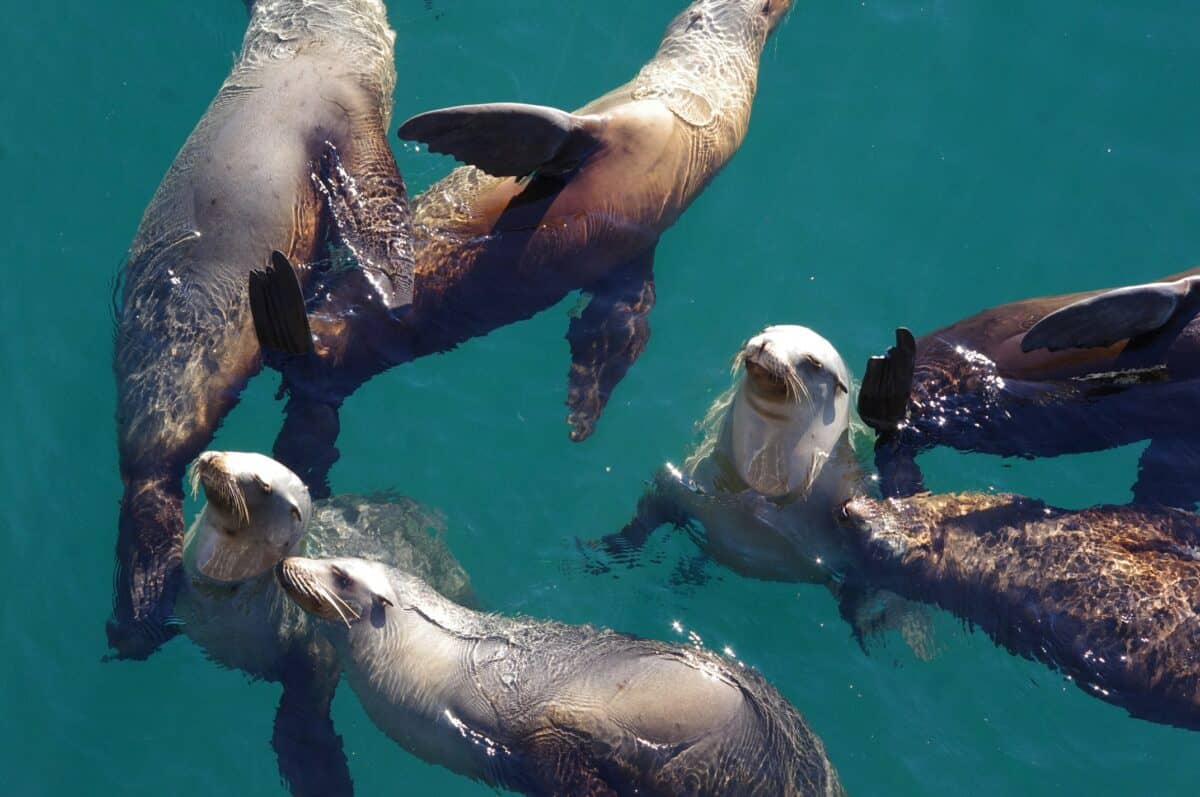
Sea lions are employed in military operations due to their exceptional underwater vision and dexterity. They are often used to locate and retrieve objects from the ocean floor, including lost equipment and potential threats. Their ability to perform tasks in various underwater environments makes them invaluable assets in naval reconnaissance and recovery missions.
Training and Care of Marine Mammal Units

Marine mammals undergo extensive training programs that simulate real-world scenarios, preparing them for their specific roles in military missions. These training sessions are designed to build trust and communication between the animals and their handlers, ensuring effective collaboration. The well-being of these animals is a top priority, with specialized care teams providing medical attention, nutrition, and enrichment activities.
Ethical Considerations

The use of marine mammals in military operations raises important ethical questions regarding their treatment and welfare. Efforts are made to ensure that these animals are not subjected to undue stress or harm, with strict guidelines governing their training and deployment. Ongoing research and oversight aim to balance the operational benefits of using marine mammals with the imperative of maintaining their health and humane treatment.
Future Prospects
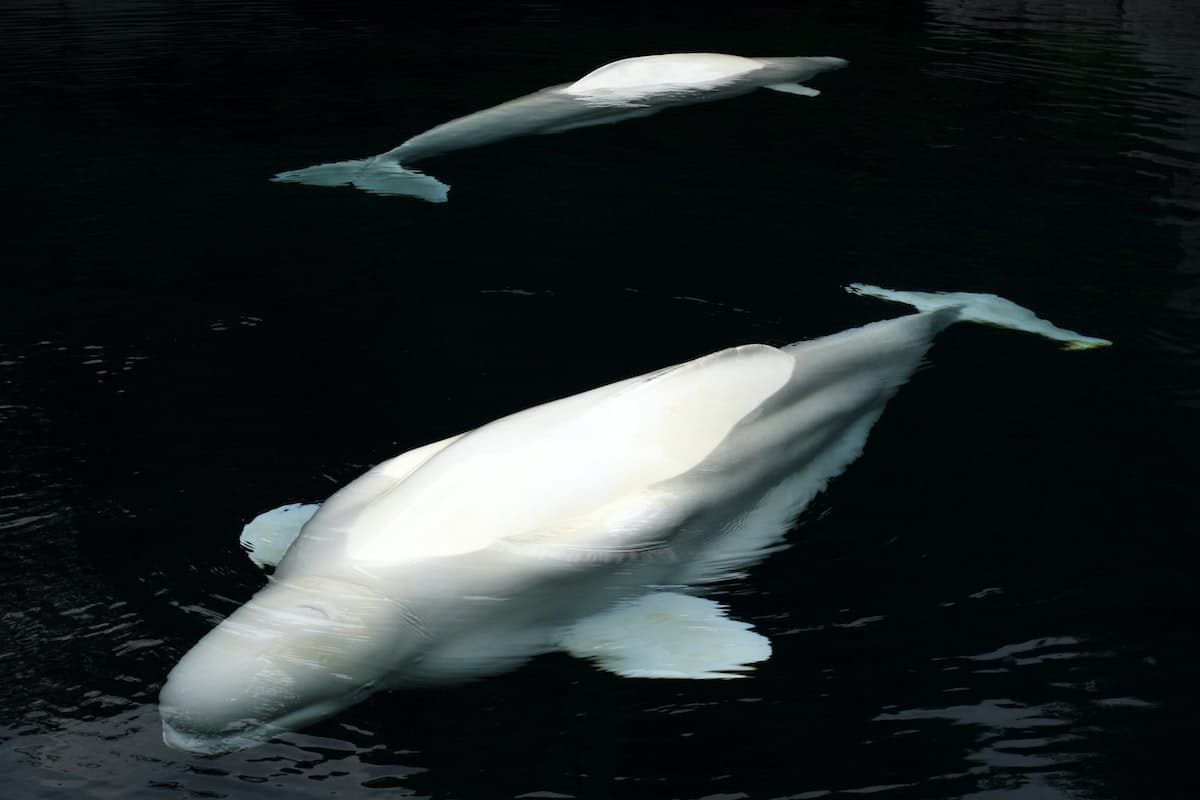
Advances in technology are continually enhancing the capabilities of marine mammals in military roles, including improved communication and tracking systems. Future developments may see the integration of unmanned underwater vehicles (UUVs) working alongside marine mammals to create more versatile and efficient teams. The evolving nature of naval threats necessitates ongoing innovation in the use of marine mammals, ensuring they remain a vital component of modern defense strategies.
Watch This Video to Learn More
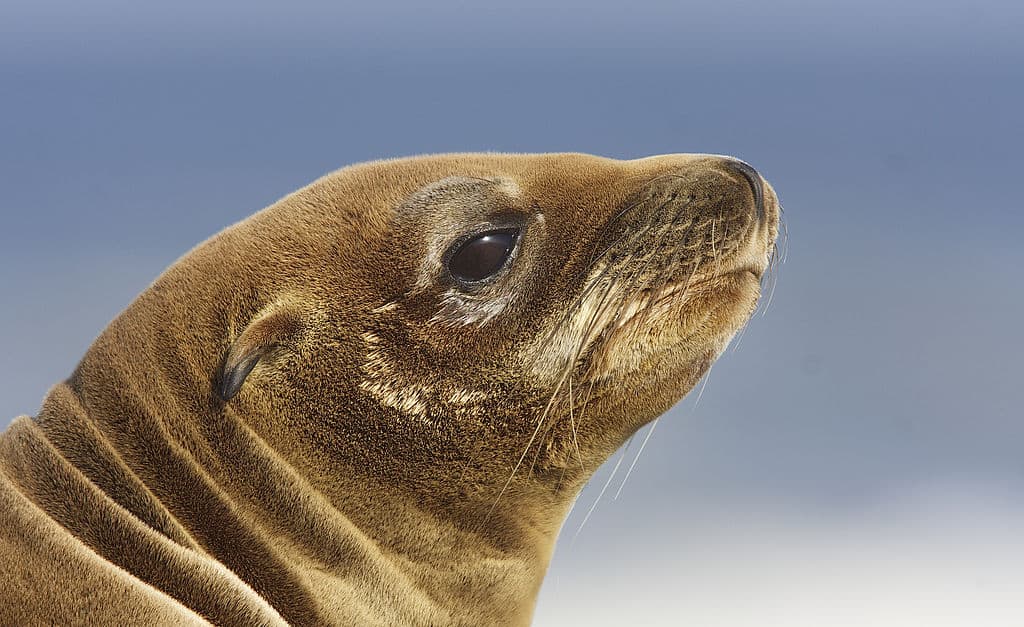
Final Say on Marine Mammals in the Military
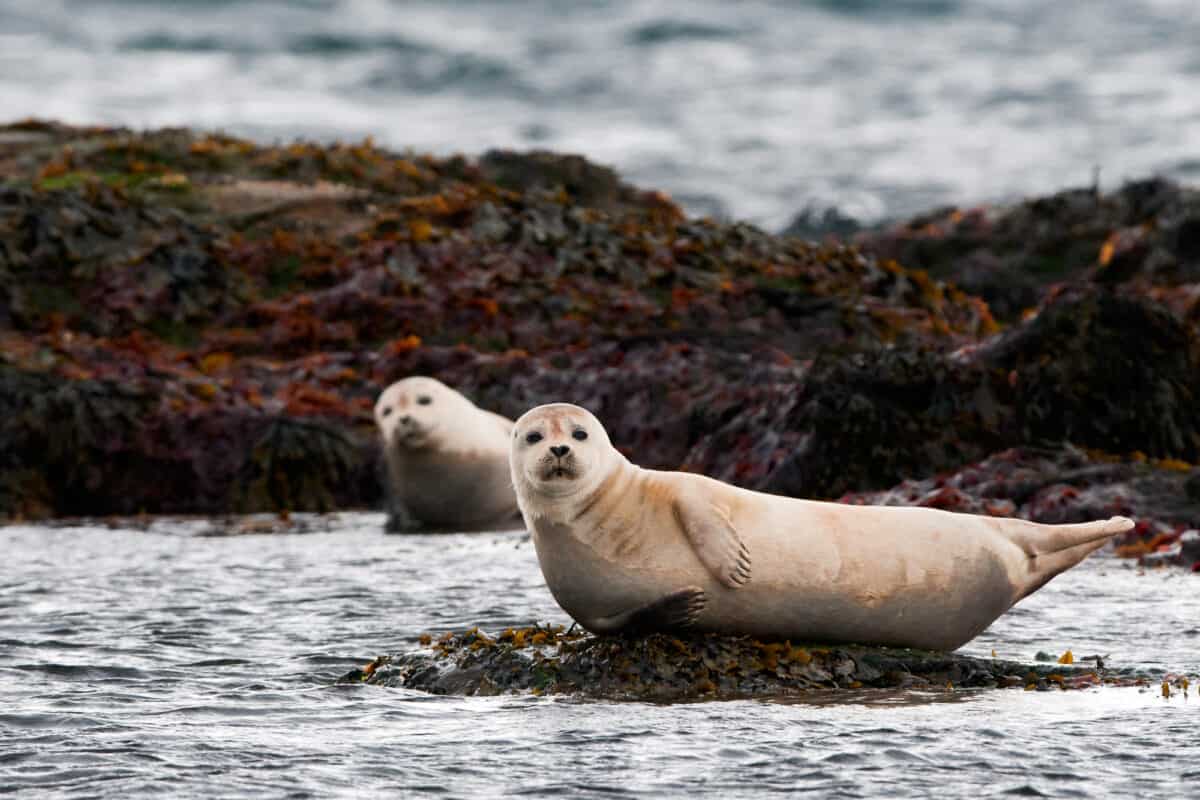
These animals and their agility, underwater senses, and trainable nature make them valuable assets to the military. Especially when it comes to tasks that humans or technology have come up sub-par.
Ethical Debate
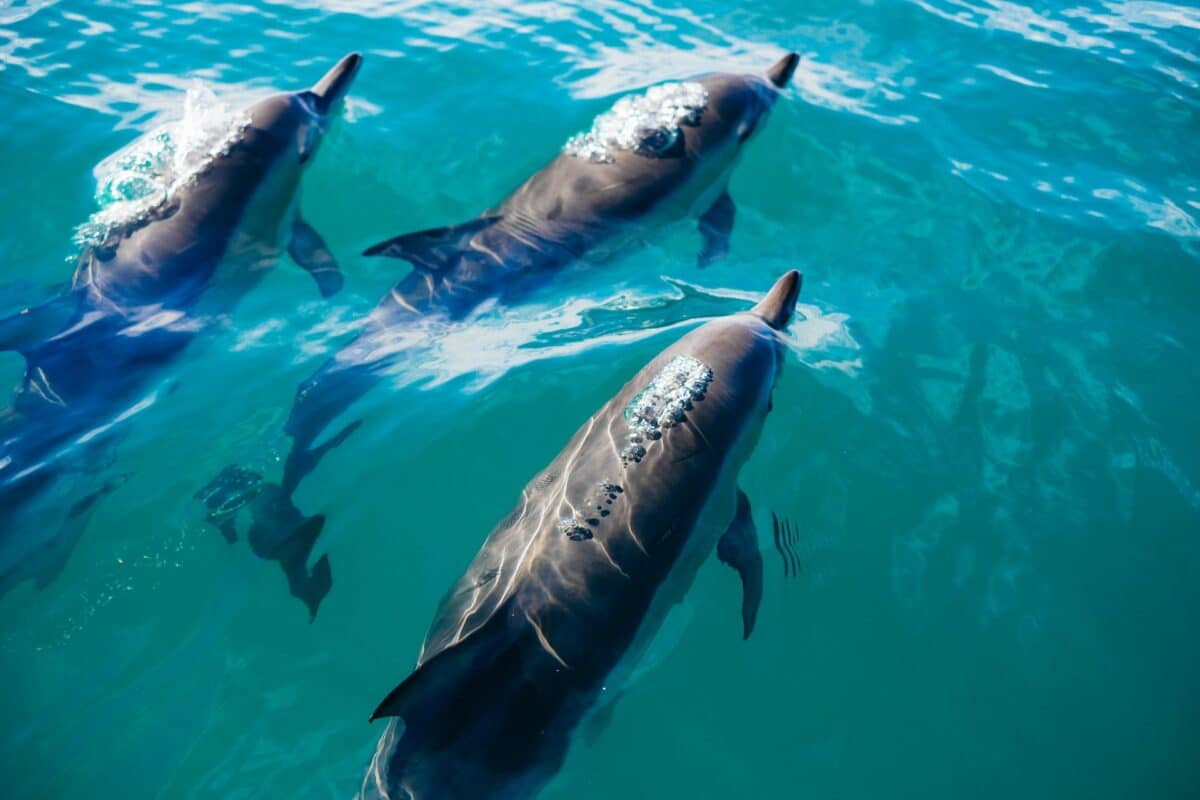
However, no matter how valuable they are to the military, there have been many ethical debates on this topic. Let us know what your opinion is in the comments!
More Animal News
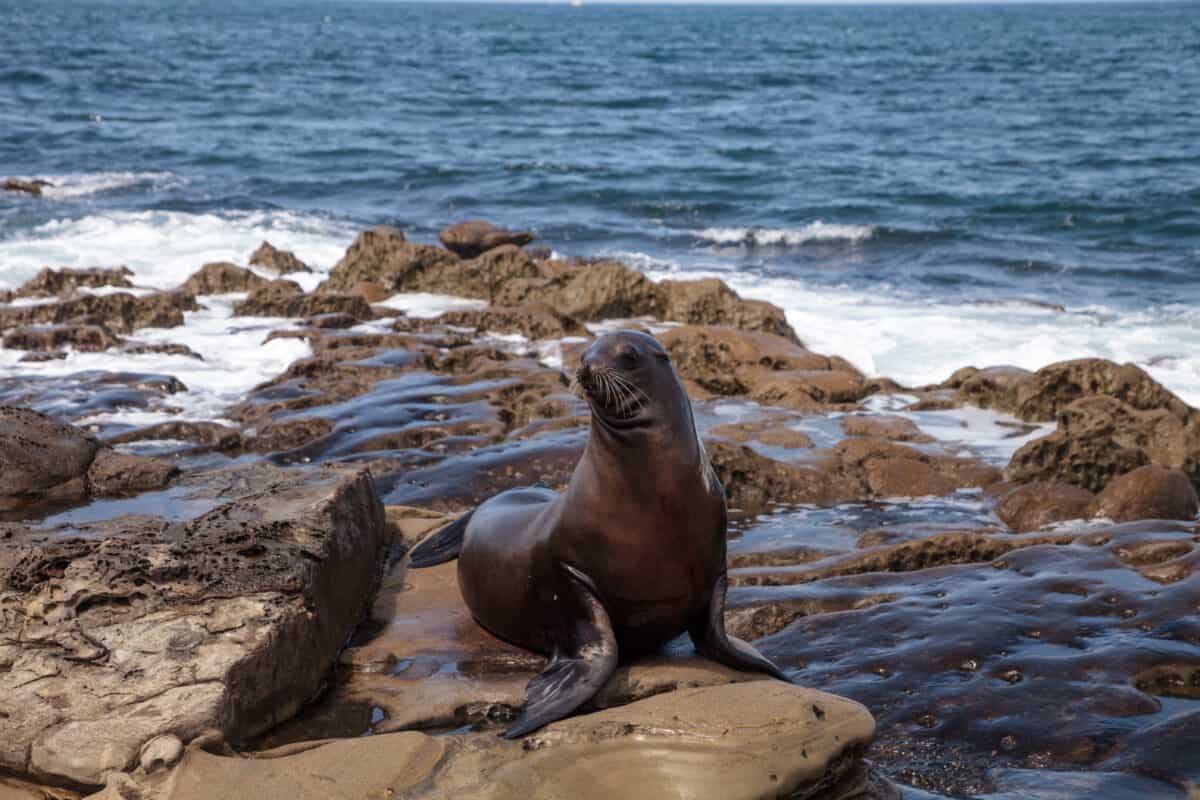
- Watch: Buffalo Soldiers on Patrol in Brazil
- Confederate Memorial Day: These Animals Are Unsung Heroes of The Civil War
- Watch: How US Military Dogs Are Trained
- Watch: The Stray Dog Who Became The Most Decorated Animal in US Military History
Join our Forum for free today!

- Marine Mammals in the Military - June 25, 2024
- Fishermen Save 38 Dogs From Drowning in Mississippi - June 24, 2024
- White Rhinos vs Hyena Caught on Camera - June 23, 2024

